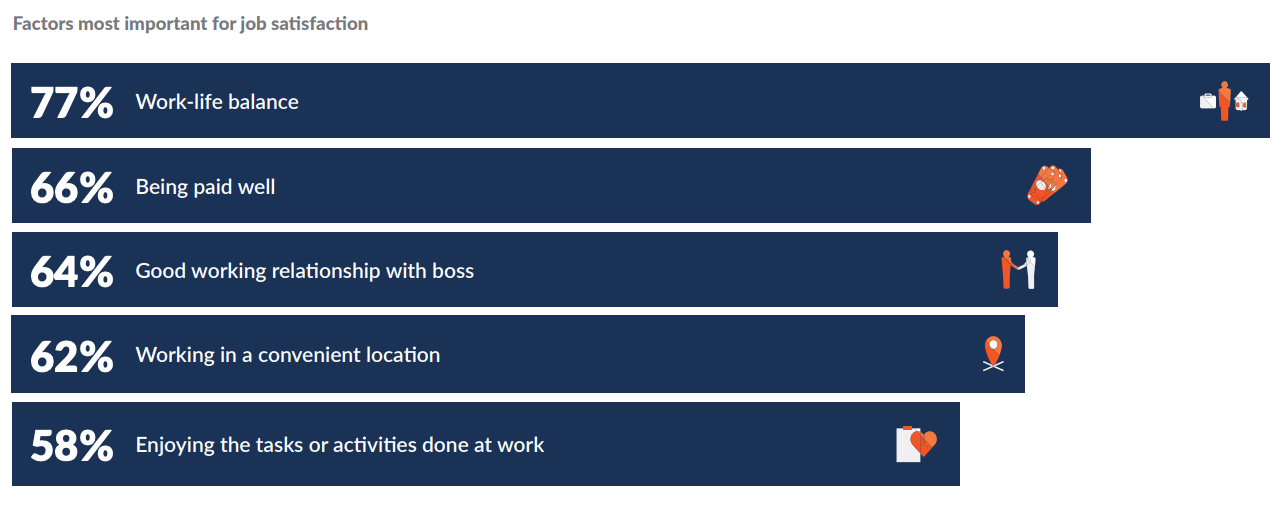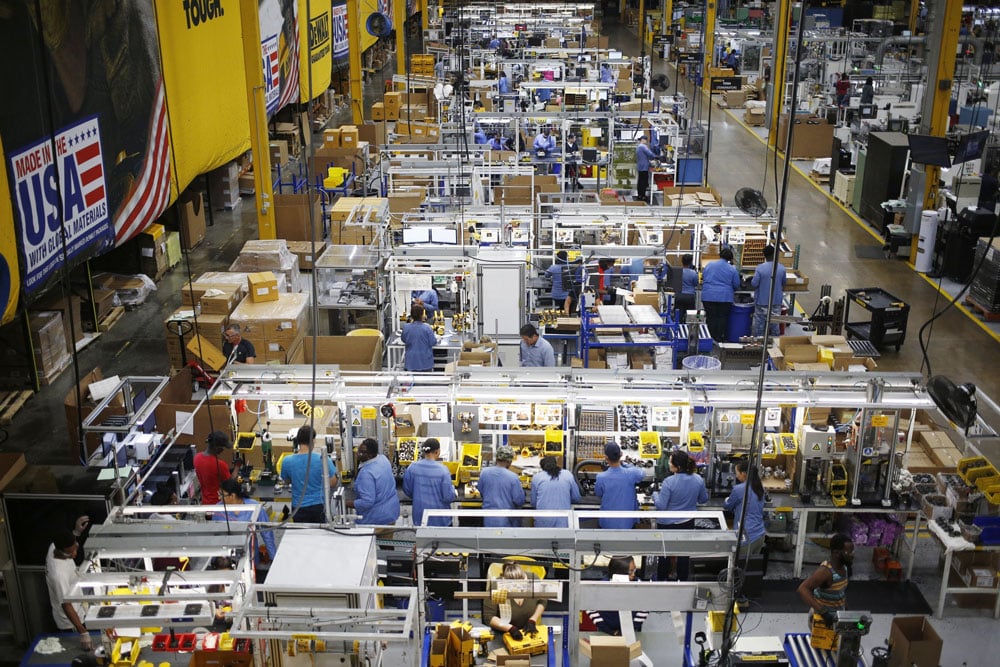Let’s start with the (multi) million-dollar question.
Why would an hourly worker use a temp agency when at least a thousand direct job openings are offering full pay and benefits in their area? The answer is simple, workers who want a short-term job with the least amount of commitment are attracted to temp agencies. Why? They make it easier to jump from job to job every few weeks.
In fact, your own data can prove this theory. In a recent business partner study, MyWorkChoice found that the average tenure of a temp-to-hire hourly employee is 6.3 weeks. That means they never stick around long enough to become proficient at their job or get trained to be a line lead. They’ve already moved on to the next job or another temp agency down the road.
We also found the turnover rate to be 730% among temp-to-hire employees. That’s not a typo. In a single year, they trained and onboarded 2,300 traditional staffing workers to end up with only 311 net employees. In fact, several sites we work with are experiencing negative growth rates. So for every 100 new workers they hired, they were losing 120 in the same year.
All of this turnover is killing your training team, your budget, and your ability to get product out the door. It also leads to higher rates of defects, injuries, and…you guessed it, turnover of your core workers due to burnout.
So, let’s get down to it: how has the shift in the labor market impacted your workforce management strategy?
Breaking Free from the Temp-to-Hire Hamster Wheel
Most manufacturing and supply chain companies have lost hope in traditional staffing and realize they are on a never-ending hamster wheel of new hires and terminations.
Looking at the numbers, many workers see temp agencies as a way to make some quick cash without getting tied down to a long-term job. The fact is, these agencies attract workers who don’t want to commit to a job with no flexibility.
This doesn’t match the temp-to-hire model employers have relied on for so long. Gone are the day of having hundreds of workers lined up to work 40+ hours a week, with overtime, and never taking a day off in their first six months.
So, companies started hiring directly, thinking they could do a better job of finding and keeping hourly production talent. But is the problem really with the temp agencies, or is it about the jobs being offered?
Keeping Up with Today’s Workforce Expectations
Nowadays, workers are not attracted to 40-hour workweeks, minimum-wage pay, and even impressive health benefits packages. They are now used to jobs like InstaCart and Uber systems that let them work on their own terms and choose their own schedules.
According to a survey from Lux Insights, work-life balance is at the top of workers’ priority list, even more than higher pay rates. (Source: Shiftboard & Lux Insights: Shift State of Hourly Workers Study).

So, how can employers deal with these new demands for flexibility, while still making sure they have the people they need to meet production demands?
Rolling with Flexibility in Manufacturing
Introducing a flexible workforce management strategy can be a win-win for workers and businesses. By giving hourly workers more control over their schedules, employers can actually boost productivity and increase tenure. I know it sounds counter-intuitive. How can we give workers flexibility when we can barely keep enough people in the facility to keep it running?
First, implementing a flexible workforce solution requires well-thought-out guardrails and policies.
Next, you need to make sure there’s a safety net in place. This is handled by a reliable pool of backup workers who cover any time off or absentee days your workforce takes.
When workers have the freedom to manage their work schedule to fit around doctor visits and emergencies, they’re more likely to stick with that company long-term.
This not only cuts down on the costs of training and turnover but also helps build your future workforce through a reliable temp-to-hire model.
By adapting to what today’s workforce wants, businesses can improve employee retention, save on labor costs, and make their job offers attractive in today’s competitive labor market. The question is: are you ready?
Next Steps to Improve Employee Retention
Stop hiring traditional staffing agencies that just don’t work anymore. It’s a waste of time, energy, and money.
Instead, focus on how to improve employee retention by aligning your job offering with the expectations of today’s workforce. Production workers are demanding flexibility and work-life balance in their weekly schedules. By pivoting your workforce management strategy, manufacturing and supply chain businesses can build a sustainable long-term workforce, reduce labor costs, and stay competitive in today’s job market.





